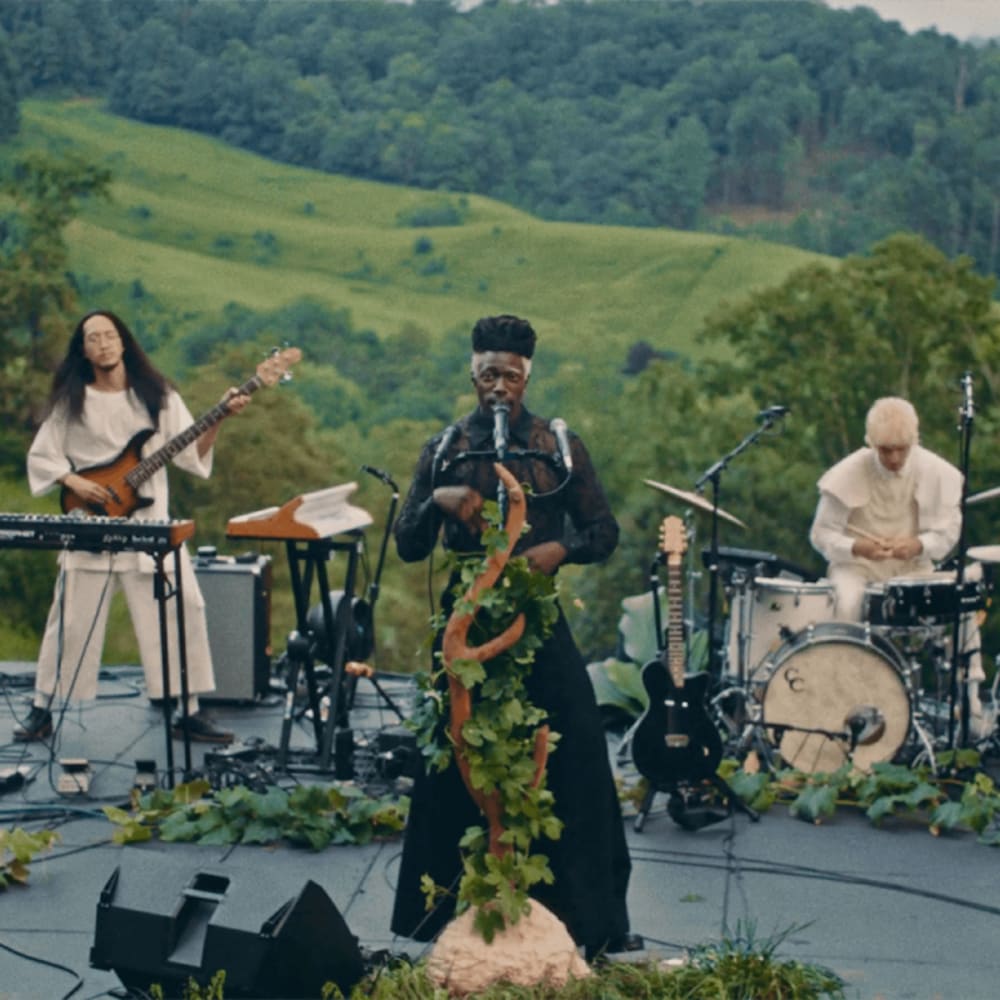Some paint ghosts. One sculpts with hair. Another is late 60s and one of the more intriguing “new” talents around. All six are positioned for career-making openings in September. In these artists’ hands, figuration isn’t a retreat but an insurgency. It isn’t nostalgic or safe or optically rote. It’s personal, political, pictorially alive, pushing against the flatness of photo-based realism and ultra-on-message art. Some of these artists I’ve followed for years; others are new to me. But each delivers that jolt of recognition. Karen Barbour makes abstract dot-filled dreamscapes that hover between the psychedelic and the childlike. María Berrío’s collaged visions are both intricate and otherworldly, dreamed then chiseled. Ana Cláudia Almeida paints with spectral precision; colors blur, as if you’re seeing underwater. Adebunmi Gbadebo works with human hair, indigo dye, and timeless forms to sculpt memory and Black history, materializing grief and resilience in equal measure. Sasha Gordon’s lush self-portraits are charged with vengeance and vulnerability. Her maniacal technique ravishes. Olivia van Kuiken paints slouched angels, stoned odalisques, girls with deadpan gazes who seem to see something we don’t. That’s true of all emerging artists: They sketch the shape of what’s coming next. Not fully known, already felt. Their work can shift the chemistry of a room and, sometimes, of art itself. — Jerry Saltz
Adebunmi Gbadebo
33, Philadelphia
“The first step of my process is a 13-hour road trip to South Carolina. I drive into Fort Motte, to the plantation where my ancestors were enslaved, and dig about a couple hundred pounds of soil and bring it back to my studio. I then have to turn that soil into clay, which is a laborious process of sifting out all these natural elements like rocks and pine needles or broken glass that people have laid in the cemetery. I got the soil for these pieces in July 2024. This has definitely been the longest I’ve worked toward a show. The nature of my materials, their fragility and limitations, is a challenge: I’m using soil that’s dug, that’s not necessarily meant to be clay. I use human hair. I had a piece that was complete, ready to be shipped, and as I was sweeping I knocked it over. For artists who work in ceramics, work breaking is just a part of the game. Ceramics are so fragile that seeing work leave my studio for installation is like an exhale.”
“Watch Out for the Ghosts” at Nicola Vassell, September 4 through October 18.


